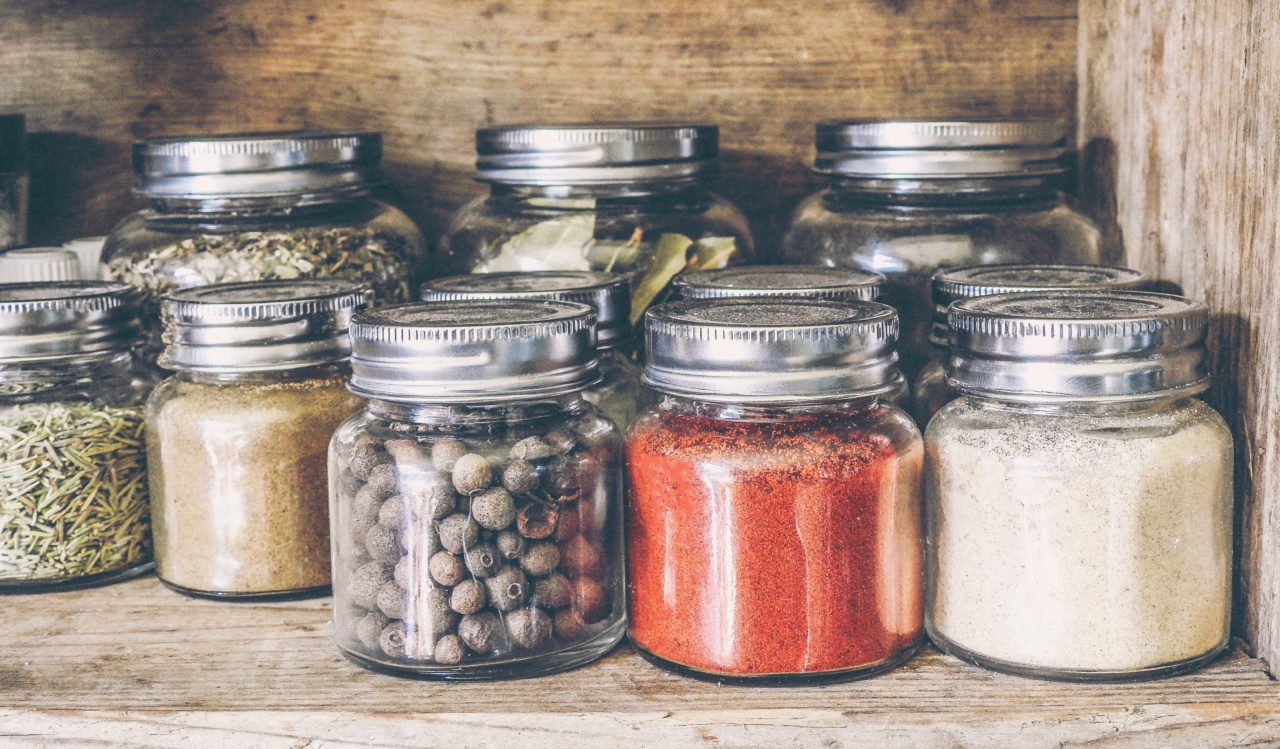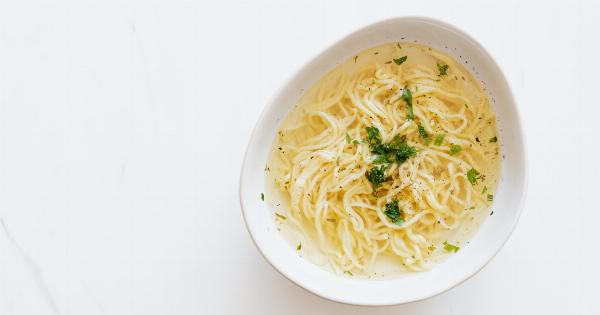When it comes to cooking, the right combination of flavors can take a dish from good to extraordinary.
While salt has long been a staple ingredient for enhancing flavors, it’s important to consider alternative options that provide a healthier alternative. Herbs, with their wide range of flavors and health benefits, can be the perfect solution. By using herbs instead of salt, you can boost the flavor of your meals while reducing sodium intake.
The Benefits of Reducing Salt Intake
Before delving into the various herbs that can elevate your cooking, it’s important to understand why reducing salt intake is crucial for your health.
While salt is important for maintaining balance in our bodies, consuming too much can have adverse effects. Excessive sodium intake has been linked to high blood pressure, heart disease, and other health issues. By choosing herbs to flavor your food, you can enjoy a delicious meal without the negative consequences associated with excessive salt consumption.
Understanding the Flavor Profiles of Herbs
Herbs come in a wide variety of flavors, each with its unique characteristics. Understanding the flavor profiles of different herbs can help you choose the right ones to complement various dishes.
1. Basil
Basil is a herb widely used in Italian and Mediterranean cuisines. It has a sweet and slightly peppery flavor, with a hint of clove-like spiciness. Basil is a perfect addition to tomato-based dishes, soups, salads, and pasta sauces.
It also pairs well with meats such as chicken and fish.
2. Rosemary
Rosemary is known for its strong pine-like fragrance and a warm, slightly-bitter flavor. It is commonly used in Mediterranean and Greek cuisines. Rosemary works wonderfully with roasted meats, potatoes, roasted vegetables, and bread.
The flavor of rosemary is potent, so use it sparingly.
3. Thyme
Thyme has a slightly minty and lemony flavor. It is often used in French cuisine and pairs well with poultry, fish, and vegetables. Thyme can be added to marinades, roasted meats, soups, and stews.
Its versatility and subtle flavor make it a popular option for cooks around the world.
4. Oregano
Oregano is a herb with a robust and peppery flavor. It is a staple in Italian, Mexican, and Mediterranean dishes. Oregano is an excellent choice for flavoring tomato sauces, pizza, pasta, and grilled meats.
It can be used both dried and fresh, with each providing a slightly different taste experience.
5. Parsley
Parsley has a mild and slightly bitter taste. It is commonly used as a garnish but can also be used as a herb to flavor various dishes. Parsley pairs well with fish, poultry, vegetables, and soups. It can add a fresh and vibrant taste to any recipe.
6. Cilantro
Cilantro, also known as coriander leaves, has a distinct and pungent flavor. Some describe it as soapy, while others are fond of its refreshing citrus undertones. Cilantro is often used in Mexican, Indian, and Asian cuisine.
It adds brightness to salsas, curries, stir-fries, and salads. Not everyone enjoys cilantro, so use it sparingly or substitute with other herbs if desired.
7. Sage
Sage has a strong earthy flavor with hints of mint and eucalyptus. It is commonly used in Italian, Mediterranean, and British cuisines. Sage pairs well with poultry, pork, and sausage dishes.
It can also be added to stuffing, sauces, and risottos to impart a robust and savory taste.
8. Dill
Dill has a delicate and tangy flavor, reminiscent of anise and lemon. It is commonly used in Scandinavian, Russian, and Eastern European cuisine. Dill is a fantastic addition to fish dishes, pickles, salads, and sauces.
Its unique taste adds a refreshing element to any recipe.
9. Mint
Mint has a cool and refreshing flavor with a slight sweetness. It is widely used in Middle Eastern, Asian, and Mediterranean cuisines. Mint pairs well with lamb, salads, fruits, and desserts.
It can also be used to make refreshing beverages like mint tea or mojitos.
10. Chives
Chives have a mild and onion-like flavor. They are often used as a garnish or minced and added to dishes for a subtle hint of onion. Chives work well with eggs, soups, salads, and creamy sauces.
They add a delicate onion flavor without overpowering the other ingredients.
Using Herbs in Your Cooking
Now that you have an understanding of the flavor profiles of different herbs, it’s time to incorporate them into your cooking. Here are some tips on how to use herbs instead of salt to boost flavor:.
1. Experiment with Combining Herbs
Don’t be afraid to mix and match different herbs to create unique flavor combinations. For example, try pairing basil and oregano in tomato-based sauces or combining thyme and rosemary in roasted meat dishes.
The possibilities are endless, so don’t be afraid to experiment in the kitchen.
2. Add Herbs at Different Stages of Cooking
The timing of adding herbs can greatly impact the flavor of your dishes. Some herbs, like rosemary, benefit from being added at the beginning of cooking to infuse their flavor into the dish.
Others, like basil and parsley, are more delicate and are best added towards the end to retain their freshness.
3. Use Fresh Herbs Whenever Possible
While dried herbs have their place in cooking, fresh herbs often provide a more vibrant and intense flavor. If you have the opportunity, use fresh herbs from your garden or local market to elevate your dishes to the next level.
4. Balance Your Flavors
Herbs can provide a burst of flavor, but it’s important to balance them with other ingredients in your dish. Consider the overall taste profile you are aiming for and adjust the proportions accordingly.
Remember, the goal is to enhance and complement the other flavors in your recipe.
5. Start with Small Amounts
If you are new to using herbs or are unsure about how their flavors will blend with your dish, it’s best to start with small amounts.
You can always add more if necessary, but it’s difficult to undo an overpowering herb flavor once it’s too late.
Choose Healthier Flavor Options
By opting for herbs instead of salt, you are not only enhancing the taste of your dishes but also making a healthier choice.
Excessive salt consumption can have long-term health implications, so it’s important to explore alternative options that offer similar flavor benefits without the negative effects.
Experimenting with herbs and incorporating them into your cooking routine can open up a whole new world of flavors. So, the next time you reach for the salt shaker, consider giving herbs a chance to shine and elevate your culinary creations.





























